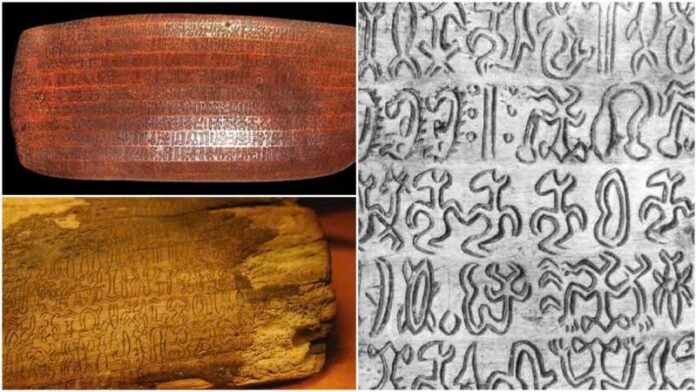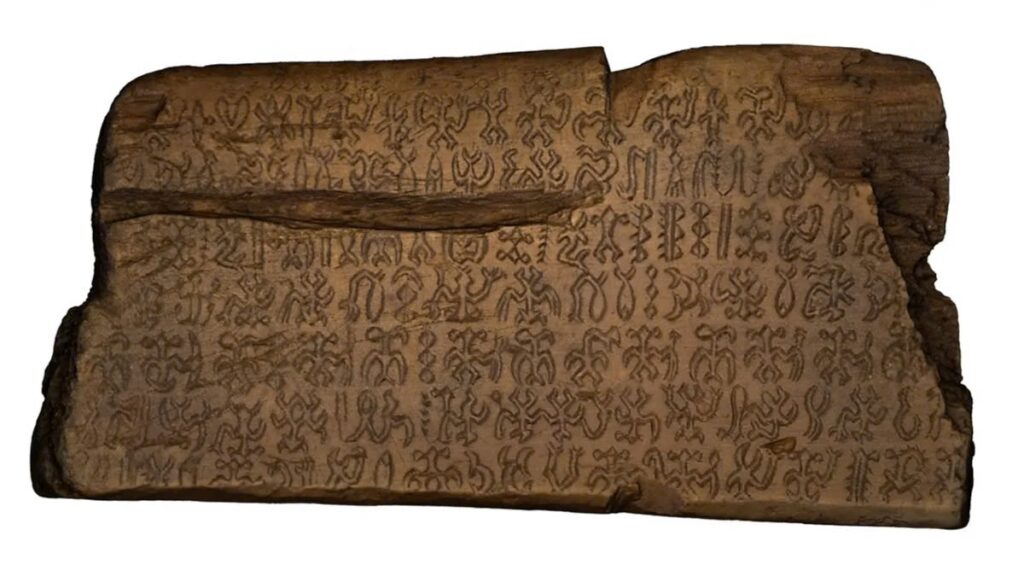Revealing the Mysteries of Rapa Nui’s Ancient Writing System
In a remarkable breakthrough, researchers have discovered evidence suggesting that the enigmatic rongorongo script of Easter Island (Rapa Nui) may be centuries older than previously believed. A wooden tablet inscribed with this mysterious writing, analyzed in a study published in Scientific Reports, has been dated to between 1493 and 1509—over 200 years prior to the European colonization of the island.

A Peek into an Independent Writing System
This finding bolsters the idea that rongorongo is one of the few writing systems independently created in human history. The tablet is part of a set of four that were collected by Catholic missionaries in 1869 and are now stored in Rome. Radiocarbon dating conducted at the University of Bologna revealed results that challenge longstanding beliefs regarding the script’s origins, positioning the Rapa Nui people alongside the Sumerians, Egyptians, and Chinese as inventors of distinctive writing systems.

Deciphering the Indecipherable
With only 27 surviving tablets featuring around 15,000 characters and over 400 unique glyphs, rongorongo remains undeciphered. Its intricate symbols do not resemble any European writing, further reinforcing its indigenous roots. Notably, the wood from the oldest tablet originates from a non-native species, possibly driftwood, prompting intriguing questions about Rapa Nui’s ancient environmental resources and ecology.

A New Chapter in Easter Island’s Fascinating History
Rapa Nui, renowned for its towering moai statues, continues to intrigue both researchers and enthusiasts. This recent discovery adds depth to the island’s archaeological enigmas. As noted by study lead author Silvia Ferrara, the distinctiveness of rongorongo indicates that it was not borrowed from other cultures but rather developed independently by the islanders.

Although more research is needed to definitively establish the script’s pre-European origins, this finding paves the way for exciting new insights into the rich cultural legacy of Rapa Nui. As we delve deeper into the mysteries of this ancient writing system, the rongorongo tablets serve as a testament to human creativity and the persistent fascination with unresolved historical enigmas.


